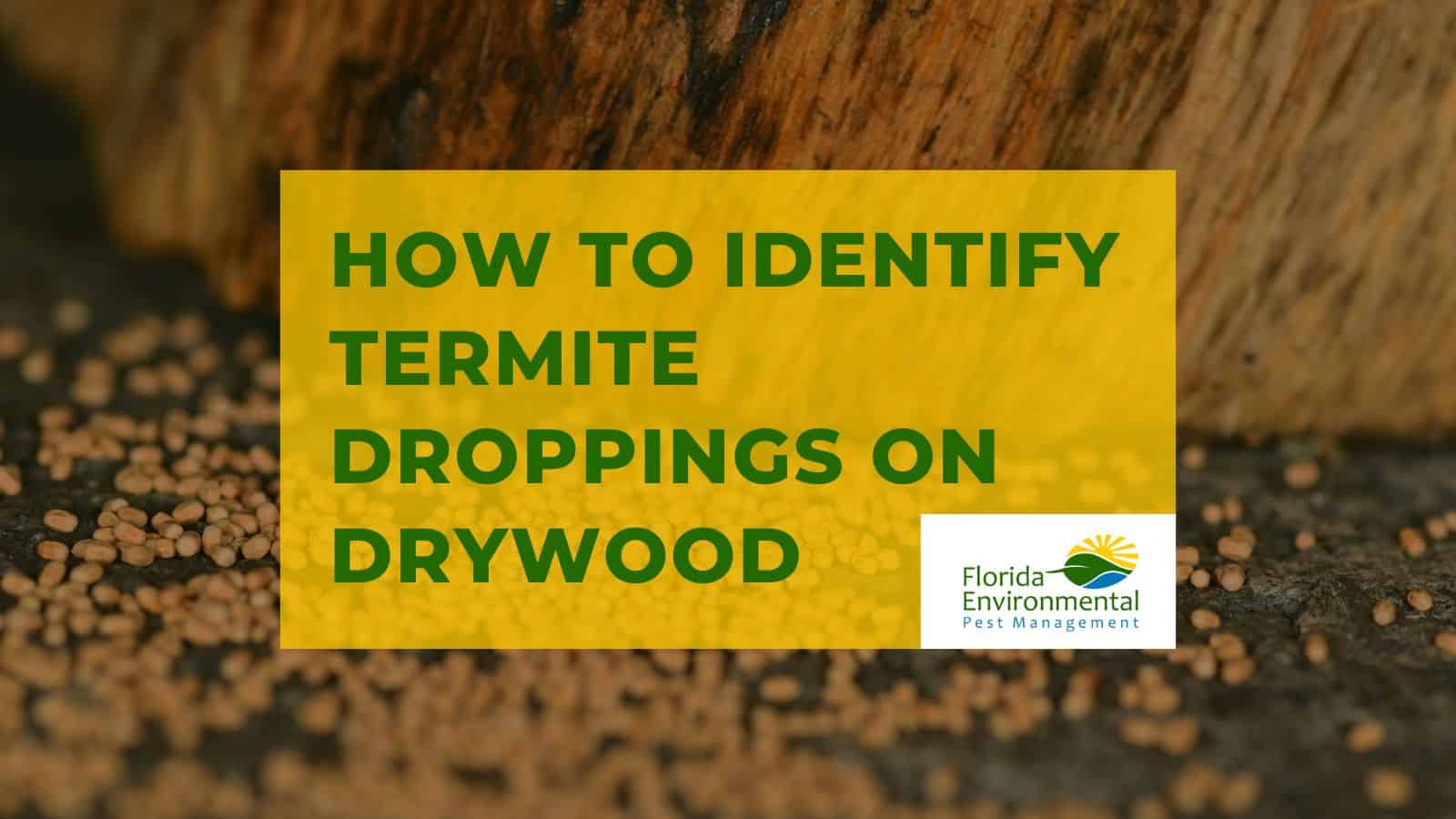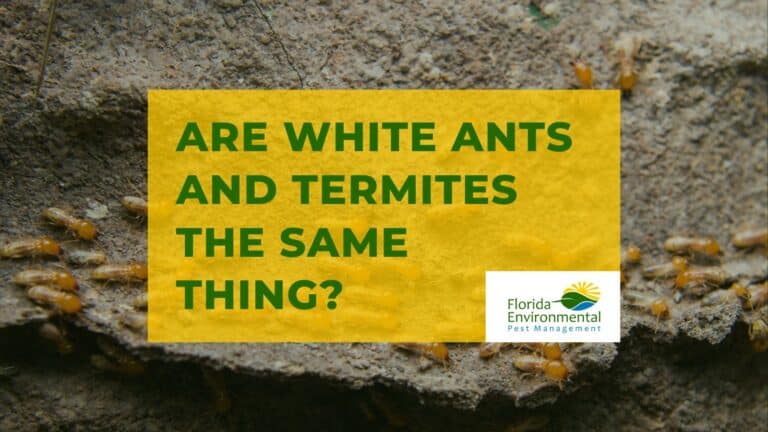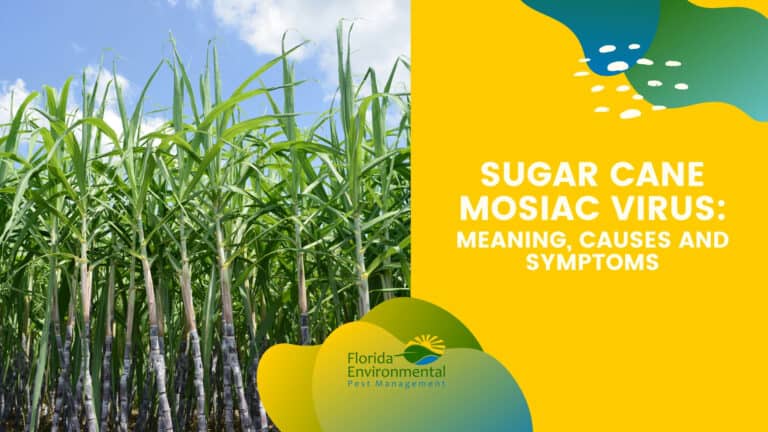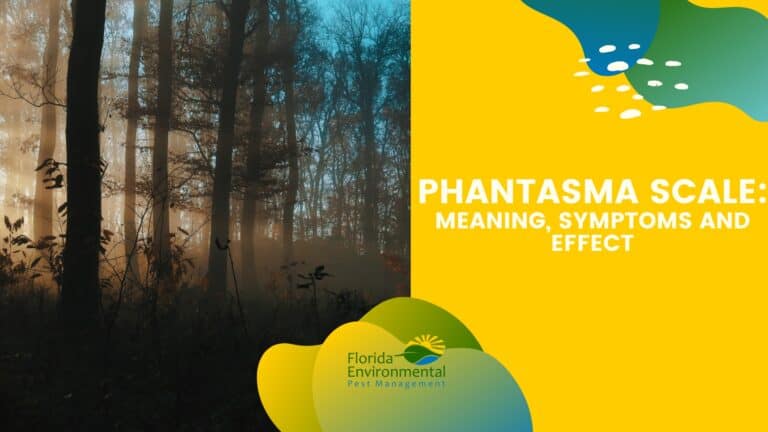Termite droppings, also known as frass, serve as indicators of termite activity within wooden structures. These tiny pellets resemble sawdust or coffee grounds and are typically found near termite entry points or infested areas. Recognizing termite droppings is the first step in addressing a termite problem before it escalates.
Termite poops are a sign of active termites. You need to get rid of the termites and stop them from causing more damage to your building. Experts who deal with pests can help you by using different ways to remove termites, like using chemicals, special bait, or fumigating. These methods either go after the termite colony or stop them from eating and making more termites, so they won’t be a problem anymore.
What Are Termite Droppings?
Termite droppings, also known as frass or pellets, are the excrement produced by termites as they feed on wood within structures. These droppings serve as a key indicator of termite activity, typically found near termite entry points or infested areas. Termite droppings are tiny, oval-shaped pellets with six concave sides and rounded ends, ranging in color from light beige to black depending on the type of wood being consumed by the termites.
While termite droppings themselves are not harmful, their presence suggests an active termite infestation, necessitating prompt action to address the underlying issue. If left untreated, termite infestations can cause significant damage to wooden structures, highlighting the importance of identifying and addressing termite droppings as early as possible.
What Do Termite Droppings Look Like?
Termite droppings, also known as frass or pellets, typically measure around 0.04 inches in length and are oval-shaped with six concave sides and rounded ends. They can vary in color from light beige to black, depending on the type of wood the termites have been consuming.
These droppings often resemble small piles of pepper, dirt, or sawdust. These droppings are usually found near termite nests or kick-out holes. It’s crucial to identify termite droppings promptly as they serve as an indicator of termite activity, which can cause significant damage to wooden structures over time.
Termite droppings consist of chewed wood, soil, and termite feces. Identifying termite droppings involves observing their size, shape, and color, with brown droppings being indicative of termite activity. Termite frass will appear near damaged areas or infested furniture, indicating the presence of termites nesting within a structure.
Types of Termite Excrement /Frass/Pellets
Drywood termites produce tiny, oval-shaped pellets with six concave sides, which appear like small mounds beneath kick-out holes.
On the other hand, subterranean termites typically do not leave visible droppings, as they use their feces in the construction of tunnels and mud tubes, making their droppings indistinguishable from the nest.
Drywood termite droppings are crucial indicators of infestation, as they are often the only visible sign of these termites’ presence due to their ability to live entirely within the wood they infest. Subterranean termites will present other signs, such as mud tunnels or swarmers, for detection.
Are Termite Droppings Dangerous?
Termite droppings themselves are not dangerous to humans; however, their presence in your home indicates a more significant issue, such as a termite infestation, which can cause structural damage. While termite poop is not toxic, exposure to it can lead to skin irritations, allergic reactions, and respiratory problems, especially for individuals with existing sensitivities or health conditions.
It’s crucial to address any signs of termite activity promptly to prevent further damage and minimize health risks. Professional inspection and treatment are recommended to effectively manage termite infestations and mitigate potential hazards associated with termite droppings.
How to Get Rid of Drywood Termite Droppings
To get rid of dry wood termite droppings, follow these steps:
- Open doors and windows before you start cleaning termite droppings. With open doors and windows, you can discard the termite frass quickly.
- Wear protective gear such as gloves, a mask, and goggles.
- Sweep the droppings with a broom and dustpan.
- Spray and mop the affected area with a disinfectant.
- Treat infested areas with insecticides or baits.
- Consider seeking professional pest control help for extensive infestations.
Termite Droppings vs Sawdust
Termite poop is very fine, so it can look like sawdust. The main difference is that termite frass is similar to fine pellets, and sawdust looks more like thin shavings.
Carpenter Ant Droppings vs Termite Droppings
Carpenter ants‘ frass usually contain insect parts as they either consume their nestmates or perish while excavating wood. Conversely, termite colonies primarily ingest wood, resulting in frass mainly composed of droppings and digested wood, lacking insect parts. This distinction in frass composition aids in differentiating between carpenter ants and termite infestations.
How to Tell if Termite Droppings Are Old or New?
Termite poop is dark brown and shiny when new, but light brown and dusty when old.
What Is the Most Distinguished Way to Determine the Presence of Dry Wood Termites?
The presence of winged reproductives swarming from small openings in wood is typically the first sign of a drywood termite infestation. These termites quickly shed their wings after swarming, but the wings are crucial for accurate identification. Additionally, dry wood termites produce distinctive barrel-shaped fecal pellets that are pushed out of the wood through small holes called “kickholes.” These pellets are often used for identification purposes.





